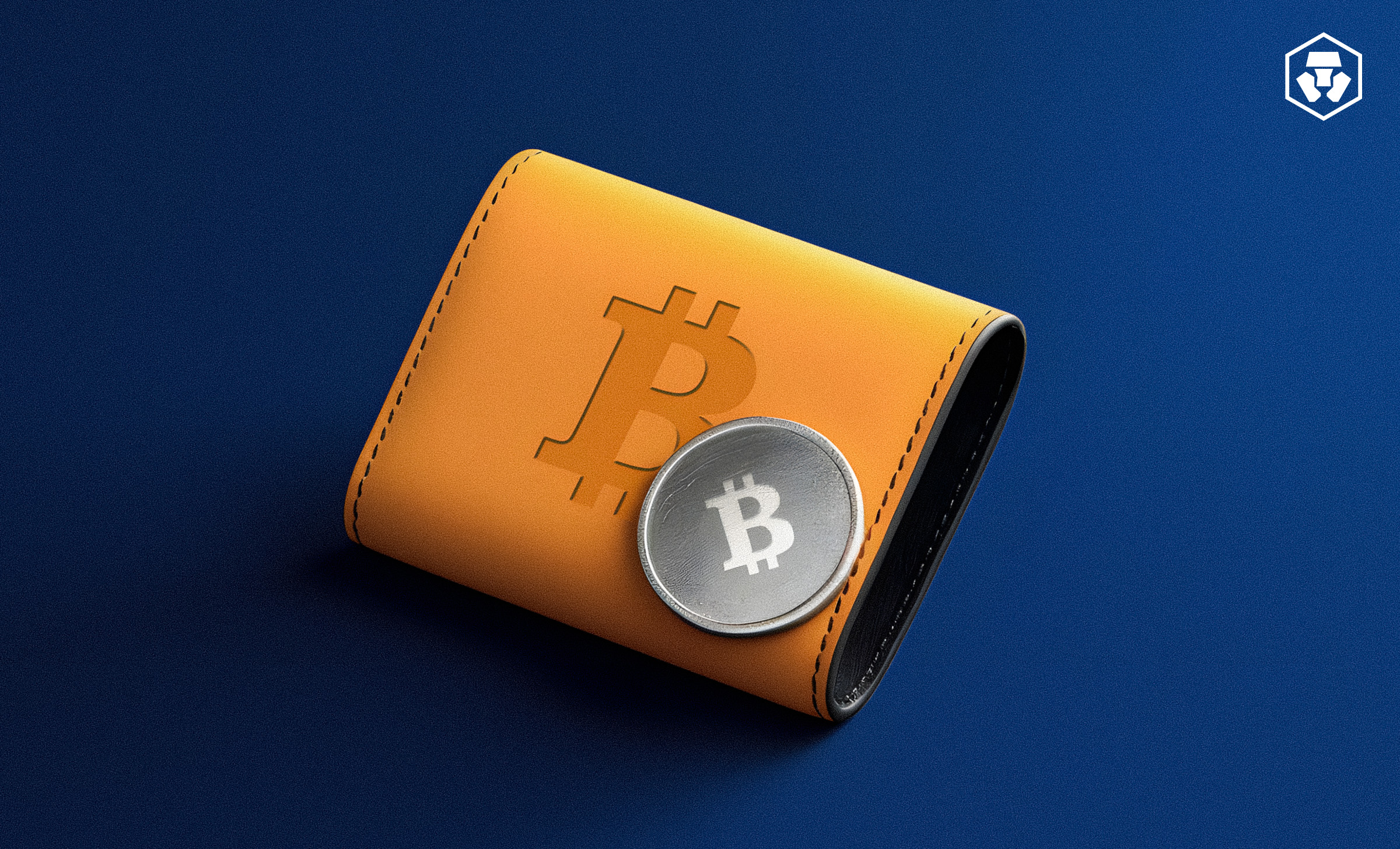Bitcoin wallets don’t store coins—they guard your keys. Missing one detail could mean permanent loss. Learn how to truly protect your assets.
Bitcoin wallets are the gateway to holding and managing your Bitcoin. They aren’t physical items you can hold, nor do they store Bitcoin like a traditional wallet holds cash. Instead, a Bitcoin wallet is a piece of software or hardware designed to store your private keys. These keys allow you to access your bitcoin on the blockchain, the public ledger where all transactions are recorded.
In simple terms, a Bitcoin wallet lets you send, receive, and track your Bitcoin. But how exactly does it work? And why do terms like HD addresses, seed phrases, and multisignature come up so often when discussing security and privacy? Let’s break it down.
“A Bitcoin wallet is not a place where Bitcoin is stored; it is a tool that stores private keys which give you control over your digital assets.”
— Andreas M. Antonopoulos, Blockchain Expert
What Is Stored in a Bitcoin Wallet?
Bitcoin itself exists on the blockchain, a decentralized and transparent database. Your wallet holds your private key, a secret string of characters that proves your ownership of the Bitcoin addresses linked to the blockchain. If you lose your private key, you lose access to your Bitcoin. There is no backup, no customer service hotline to call. This hard truth pushes the importance of securely managing wallets.
Hierarchical Deterministic (HD) Addresses: One Wallet, Many Keys
Most modern wallets use Hierarchical Deterministic (HD) technology. HD wallets generate a new address for every transaction using a structure derived from a single seed. This means you can have thousands of Bitcoin addresses all rooted in one seed phrase.
The advantage? It enhances privacy. Instead of using one Bitcoin address over and over, which can reveal your transaction history, HD wallets keep your blockchain footprint less visible by constantly changing addresses. If you’re a long-term holder, this feature is a significant step forward in protecting your privacy.
Seed Phrases: The Master Key
When you set up an HD wallet, it generates a seed phrase — a list of 12 to 24 words. This phrase is essentially the master key to all the private keys in your wallet. It’s crucial because if you lose your wallet or your device gets damaged, you can recover your funds using this phrase.
“Seed phrases empower users with full ownership and control over their assets, bypassing the need for any intermediary.”
— Cambridge Centre for Alternative Finance
Anyone who gains access to your seed phrase potentially holds the keys to your Bitcoin vault. Conversely, if lost, the Bitcoin is irretrievable. That’s why storing it securely is central to Bitcoin security protocols.
Multisignature Wallets: Extra Layers of Security
Beyond HD wallets and seed phrases, some Bitcoin wallets support multisignature (multisig) technology. Instead of just one private key, multisig requires multiple keys to approve and execute a transaction, like needing two out of three signatures to unlock a safe. This reduces the risk of theft or loss since no single key holder can unilaterally spend the Bitcoin.
Multisig is popular among organizations, businesses, and even individual long-term holders who want to protect their assets against hacking, misplacement, or internal fraud.
Types of Bitcoin Wallets
Bitcoin wallets can be grouped broadly into:
- Software wallets: Apps on your computer or phone. Accessible but vulnerable to hacking.
- Hardware wallets: Physical devices that store private keys offline. More secure but less convenient.
- Paper wallets: Printed QR codes or keys. Offline but fragile and easy to lose.
- Web wallets: Online services managing keys for users. Convenient but risk exposure due to centralization.
Choosing a type influences security and ease of use, but the underlying principle remains your control over your private keys.
“In Bitcoin, not your keys, not your coins holds true: the wallet is as secure as the key management.”
— Satoshi Nakamoto Institute
How Does a Bitcoin Wallet Actually Work When You Send or Receive Bitcoin?
When you receive Bitcoin, someone sends funds to your wallet’s public address, a string of characters derived from your private key but safe to share. Your wallet software updates to reflect that balance on the blockchain.
Sending Bitcoin involves your wallet signing the transaction with your private key. This signature proves to the network that you own the funds and authorizes the transfer. The transaction is broadcasted to the Bitcoin network, verified by miners, and eventually recorded on the blockchain.
The whole process is underpinned by cryptography, ensuring security and integrity.
Security and Privacy Take Center Stage for Long-Term Holders
For anyone holding Bitcoin over time, security isn’t optional—it’s vital. The combination of HD wallets, seed phrases, and multisig setups offers a robust framework. These tools help shield Bitcoin holders from common threats like theft, loss, and unwanted surveillance.
As blockchain researcher Chainalysis notes, “the design of modern wallets reflects the evolution of Bitcoin security needs, catering especially to those seeking to protect growing digital wealth across years.”





